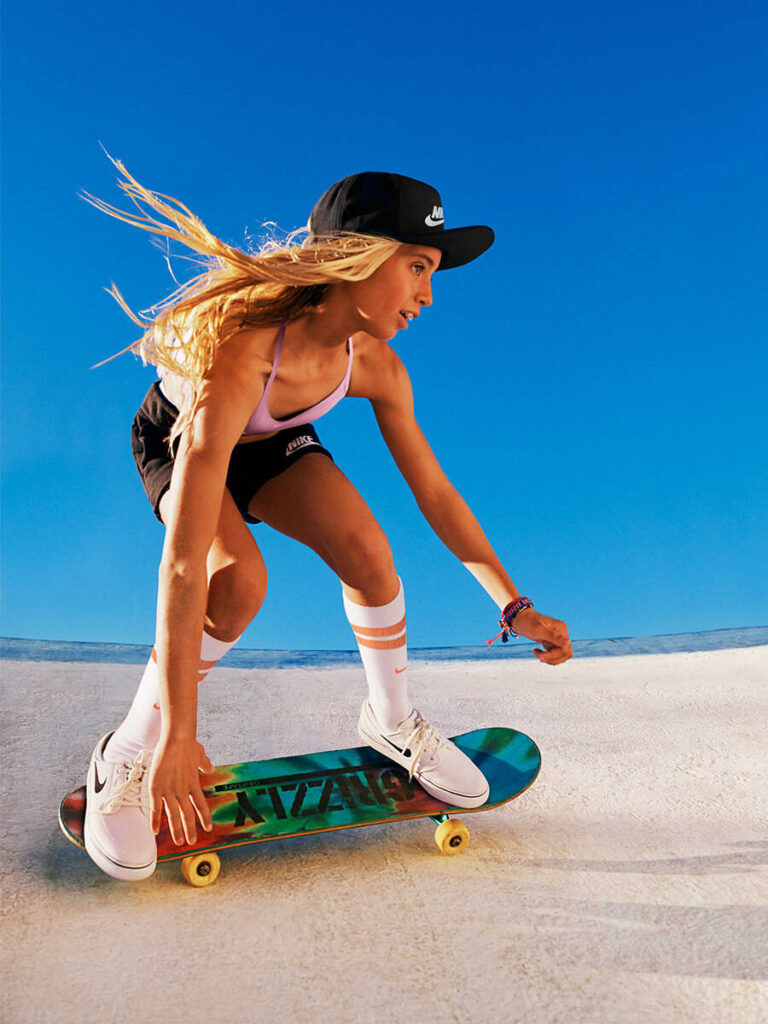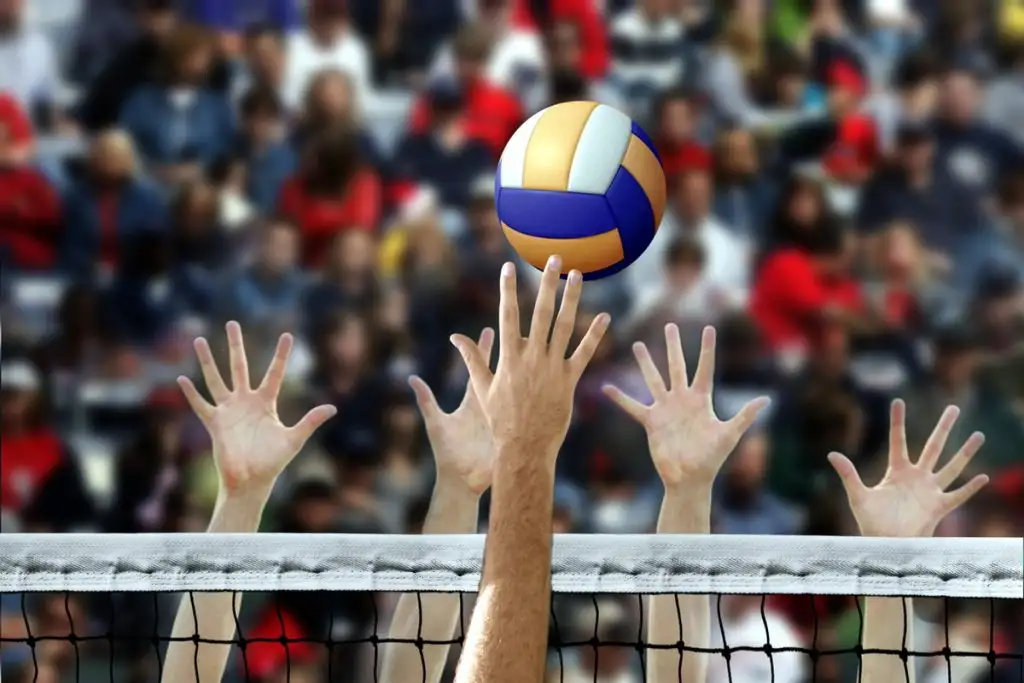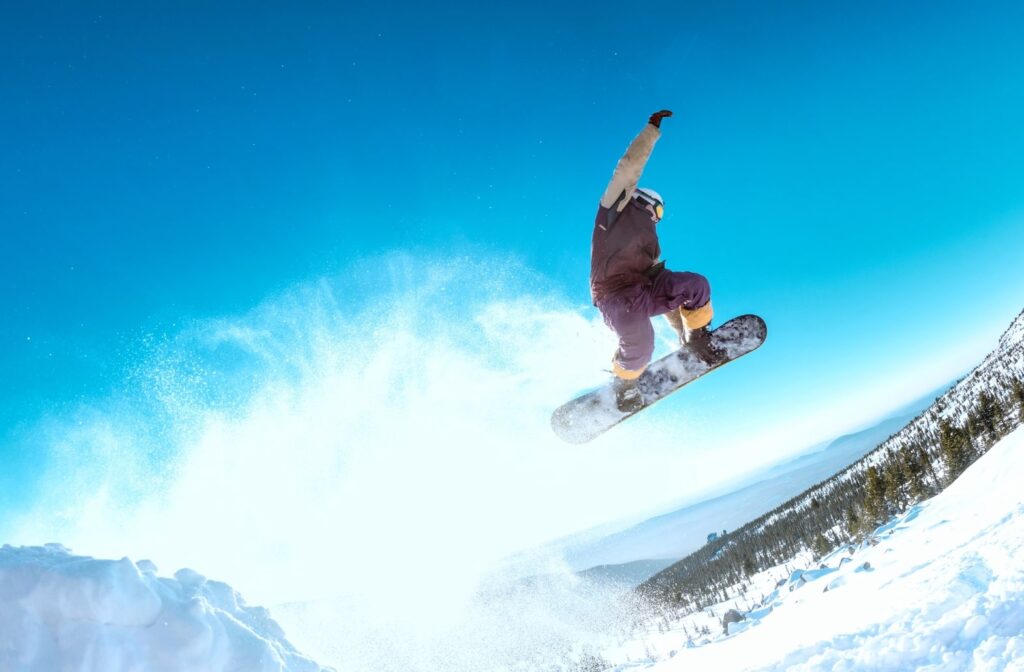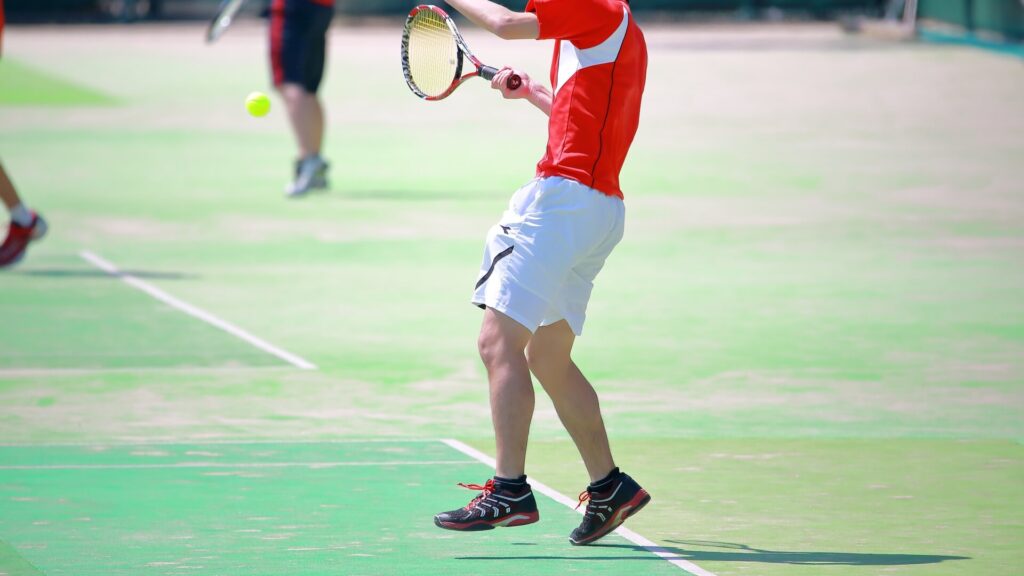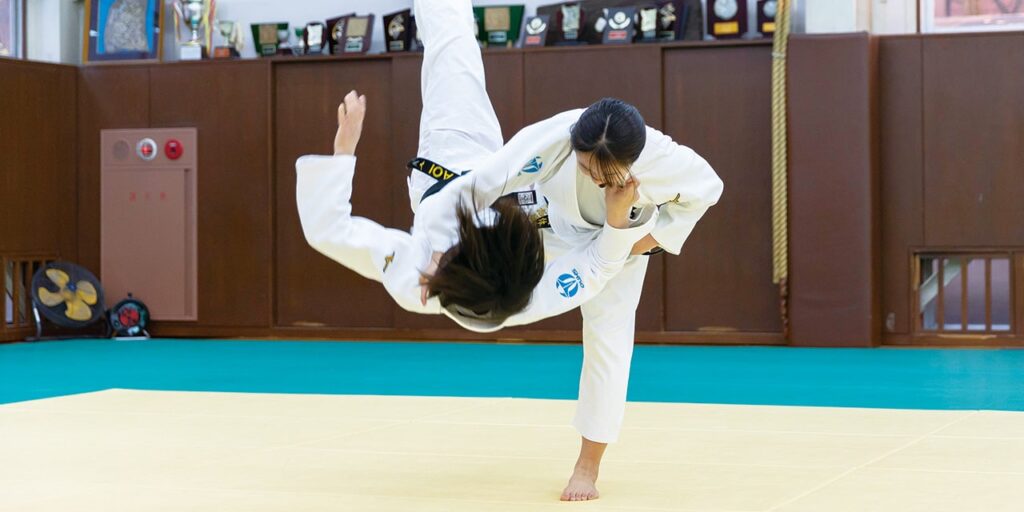
目次
- 1 Judo glossary
- 1.1 IJF
- 1.2 four phases
- 1.3 foot technique
- 1.4 One win
- 1.5 received
- 1.6 passive
- 1.7 Press
- 1.8 arm sprain
- 1.9 suppression
- 1.10 band
- 1.11 class
- 1.12 return technique
- 1.13 Hanging
- 1.14 shoulder carriage
- 1.15 hardening technique
- 1.16 Jigoro Kano
- 1.17 joint technique
- 1.18 Kumite
- 1.19 Black belt
- 1.20 Kesagatame
- 1.21 Kouchigari (Kouchigari)
- 1.22 Kodokan
- 1.23 hip technique
- 1.24 Seating ceremony
- 1.25 Match time
- 1.26 self-defense body (jigotai)
- 1.27 guidance
- 1.28 Shibori technique
- 1.29 jury system
- 1.30 promotion
- 1.31 slippery foot
- 1.32 Back throw
- 1.33 All Japan Judo Championships
- 1.34 Until then
- 1.35 Standing technique
- 1.36 Dan grade system
- 1.37 making
- 1.38 Technique
- 1.39 dojo
- 1.40 take
- 1.41 Newaza
- 1.42 pull handle
- 1.43 Overwhelmed
- 1.44 Masutemi Waza
- 1.45 wait
- 1.46 valid
- 1.47 Randori
- 1.48 It begins with a bow and ends with a bow.
- 1.49 standing bow
- 1.50 There are techniques
- 2 At the end
Judo glossary
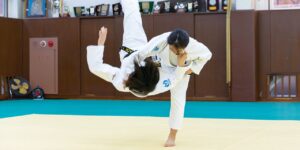
Judo is a Japanese martial art founded by Jigoro Kano.
It is also an Olympic sport, and judo competitions are held all over the world.
The traditional Japanese martial art “Judo” is also used as a physical education class in Japan.
There are various techniques, the color of the obi changes depending on the technique, and the ranks are also institutionalized.
This page provides information on how beginners can start judo.
Introducing a list of terms you should know
If you want to know judo terminology, please read till the end.
(Please note that just knowing the terminology will not make you stronger.)
IJF
The International Judo Federation is the international organization governing judo, headquartered in Switzerland.
four phases
This refers to a situation where the opponent’s pull is the same move.
foot technique
It is one of the techniques of judo, and has a very deep technique, ranging from dynamic techniques such as Osoto-gari to technical techniques such as Deashi-gai.
One win
In the case of a throwing technique, the opponent wins by knocking him or her back, and in the case of a tightening technique, the opponent wins by ippon when the opponent falls.
received
This refers to the person who performs techniques on the opponent during practice, etc., and requires cooperation with the toriyaku.
You need to move your position while maintaining harmony with your opponent.
passive
This refers to the posture and stance you take when you are knocked down, and in judo you may get slammed, so it is important to take a good ukemi stance.
Until ukemi is established, you should avoid exchanging techniques in impossible positions.
Beginners to judo should start by practicing passive techniques.
Press
Refers to the practice of throwing an opponent.
Sometimes I prepare a partner and sometimes I do it alone.
By the way, for some reason all the judokas in the manga practice kei nage by tying a rope to a tree.
arm sprain
This is a technique in which the opponent’s arm is held between both legs and stretched while lying down to stiffen it, and is a general-purpose stiffening technique used in martial arts.
suppression
It is a ground technique in which the opponent is held down by covering them from above, and according to Kodokan rules, it is valid for 20 seconds to less than 25 seconds, waza is for 25 seconds to less than 30 seconds, and ippon is for 30 seconds.
band
This is to prevent the judo uniform from getting messed up. A black belt is proof of being a top martial artist!
Let’s do our best and aim for black belt.
class
Categories are classified based on body weight, ranging from light weight to heavy weight, as seen in sports such as boxing.
For example, in Olympic men’s judo, there are weight classes such as 60kg, 66kg, 73kg, 81kg, 90kg, 100kg, and over 100kg.
return technique
This refers to the technique of taking advantage of the power of an opponent’s technique and applying that technique to your advantage.
Experience is required to learn Kaeshi techniques! Do your best to remember the timing.
Hanging
To break the opponent’s posture and use your own advantageous position to perform a technique on the opponent.
Or, it refers to a general term for such techniques.
shoulder carriage
A type of hand throwing technique in which the opponent is lifted onto the shoulder and then dropped over the shoulder to the opposite side.
hardening technique
It is a general term for techniques performed while lying down, and includes joint techniques, choke techniques, and suppression techniques.
Jigoro Kano
He was the founder of judo and was active at the Kodokan.
He worked hard to popularize judo and sports in Japan from the Meiji period to the Showa period.
joint technique
A technique used to defeat an opponent by controlling their arms and elbows in the opposite direction.
Joint techniques are also commonly used in other martial arts, such as mixed martial arts and professional wrestling.
Kumite
Refers to the position and use of the hands when grabbing the opponent’s judo uniform.
Black belt
A judo gi obi that can be worn by those with a rank of 1st dan or higher.
To earn a black belt, you need to become stronger and be recognized in official sanctioned competitions.
Kesagatame
A ground technique in which you control and stiffen your opponent’s arms while holding your opponent’s neck with your arms. One of the basic hardening techniques.
Even beginners can learn the kata on the same day, so let’s learn this technique and ukemi first.
Kouchigari (Kouchigari)
A technique to defeat an opponent by kicking the heel of their foot. It is performed by aiming at the timing when the opponent takes a step.
For footwork, carefully observe the opponent’s body movements and use clever tricks to make them lose their balance.
Kodokan
A base for judo in Japan, it was founded by Jigoro Kano and is currently operated as a public interest incorporated foundation.
hip technique
A type of throwing technique that utilizes the hips to throw the opponent. This includes Ōgoshi and haikoshi.
It is a dynamic technique that requires a certain amount of power.
Seating ceremony
It is an act of showing respect to the other person while sitting, and a posture that shows respect for the other person.
Match time
Kodokan rules and IJF rules differ; Kodokan rules allow matches to be extended from 3 minutes to 20 minutes, while IJF rules stipulate the match time to be 4 minutes.
self-defense body (jigotai)
This refers to a stance in which you spread your legs, bend your knees, lower your hips, and keep your center of gravity low in order to prevent your opponent’s attacks.
In an ideal situation, the force is distributed evenly across the body.
guidance
It is a penalty that is given when a passive match or an action that causes harm to the opponent is carried out.If it is repeated twice, it will become effective, if it is repeated three times, the opponent will receive a waza-ari, and if it is repeated four times, it will become effective. You will lose due to foul play.
Shibori technique
A technique that forces the opponent’s vital points, such as the carotid artery, to force them to surrender. There are inverted cross iris, one-handed iris, collar iris, two-handed iris, triangular iris, etc.
This is a dangerous technique, so use it sparingly in practice.
jury system
It is a system in which referees supervise referees, and its purpose is to prevent misjudgments.
promotion
It means raising your rank, and if you take and pass the Dan promotion exam, you will be allowed to move up your rank.
slippery foot
It refers to the movement of the feet without letting go of the tatami mat, and the name comes from the fact that the movement feels like rubbing.
Back throw
This is a throwing technique that involves grabbing the opponent’s arm and lifting the opponent onto your waist, and is considered a star throwing technique in judo.
All Japan Judo Championships
A tournament held every spring to determine Japan’s best open class judo player.
Until then
The signal given by the referee to announce the end of the match.
Standing technique
A technique performed on an opponent while standing
Dan grade system
A class system in Kodokan Judo, in which ranks are distinguished by the color of the obi.
For youth ages 13 and above, 4th grade and below are white belts, 3rd grade to 1st grade are brown belts, 1st to 5th dans are black belts, 6th to 8th dans are red and white belts, and 9th to 10th dans are red belts. There is.
making
Shaking and breaking down the opponent’s body to create a posture and posture that makes it easier to perform your own techniques.
Technique
A technique in which you throw your opponent using your hands.
dojo
Places and facilities where martial arts are practiced
Be grateful that you have a place to practice and show gratitude for being allowed to use it.
take
The person who performs techniques on the opponent during practice, etc.
You need to move your body in step with your opponent, the receiver.
Newaza
In judo, ground techniques refer to techniques performed while the opponent is lying on the ground.
These ground techniques aim to force the opponent to surrender by stiffening them or mastering their joints.
In judo, not only throw techniques but also ground techniques are very important, and a well-balanced judoka must also be able to skillfully use ground techniques.
There are several types of newaza, and the main ones include the following:
Katsuwaza (inhibition technique): A technique that suppresses the opponent’s body and prevents it from moving for a specified period of time.
According to Kodokan rules, a waza is valid if it is between 20 seconds and less than 25 seconds, a waza is valid if it is between 25 and less than 30 seconds, and an ippon is 30 seconds.
Choking Technique: A technique used to force an opponent to surrender by applying pressure to their neck or vital points.
For example, there are inverted cross apertures and one-handed apertures.
Joint technique: A technique that applies pressure to the opponent’s joints to force the opponent to surrender.
For example, there are shoulder carriages and kesagatame.
These ground moves can bring important points in judo matches, and are part of expanding the range of tactics and techniques.
pull handle
In judo, the hand that grabs the sleeve of the non-dominant arm when grabbing an opponent.
Overwhelmed
This is the signal or shout that is used when an opponent is dominating you in ground-waza or shime-waza, and you are unable to make a comeback and admit defeat.
Masutemi Waza
It is a general term for techniques performed while leaning one’s body backwards, and includes Tomoe Nage and Tawaragaeshi.
wait
A shout used by the referee to temporarily suspend a match.
It is used when it is necessary to adjust the judo uniform in case the progress of the match is hindered due to disarray or bloodshed.
valid
It used to be one of the key points in judo, but due to rule revisions, that concept has been abolished.
Randori
A form of judo practice in which techniques are exchanged freely.
It begins with a bow and ends with a bow.
The basic spirit and main idea of judo.
Before and after a fight or match, respect your opponent, starting and ending with a bow.
standing bow
the act of bowing while standing
There are techniques
Although it doesn’t reach one point, it is a point given when a certain effective technique is successful.
At the end

How did you feel about the introduction of judo terminology?
It may not be easy to get an image just by looking at the terminology of judo.
The same can be said for sports, but watching martial arts in particular is completely different from doing them.
For those who want to try judo, please try out various techniques.
This is advice for beginners, but judo is not just about throwing, but receiving is also an important skill.
I would like you to not only be able to perform techniques beautifully, but also improve your receiving techniques to reduce damage.
